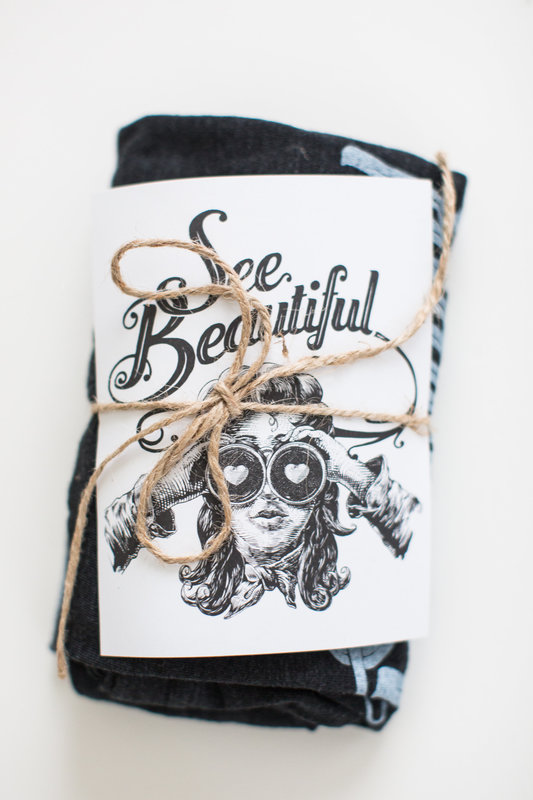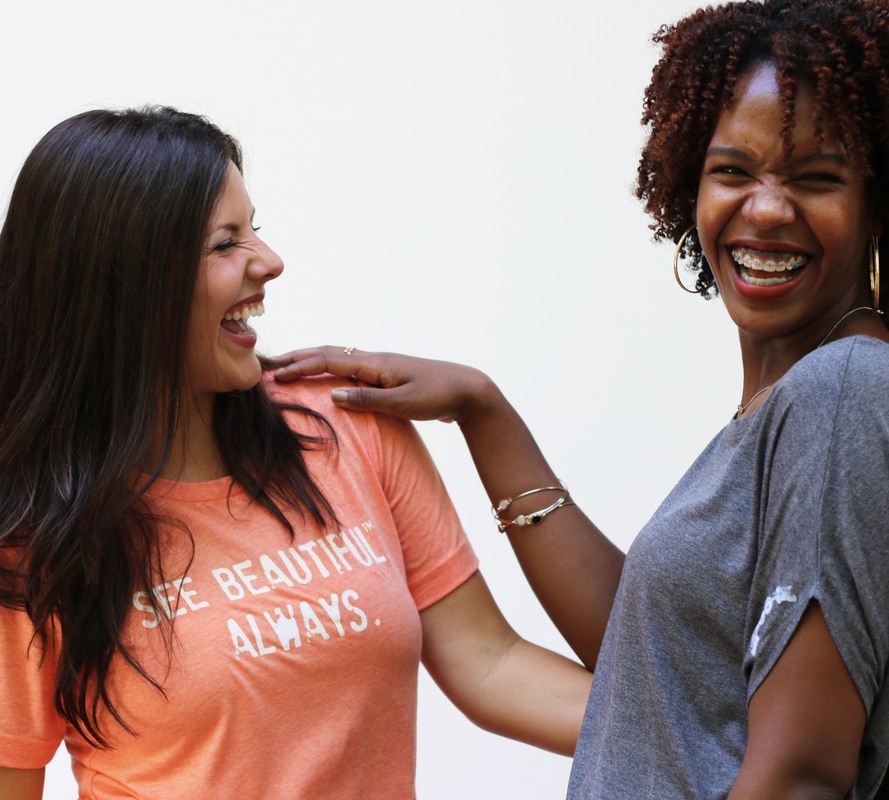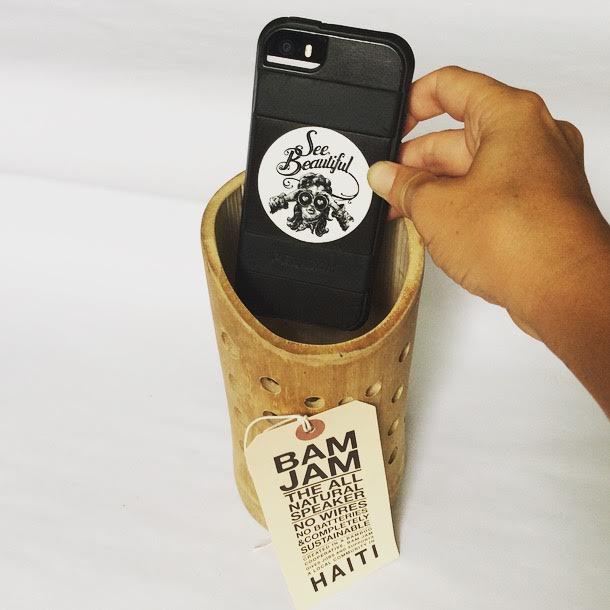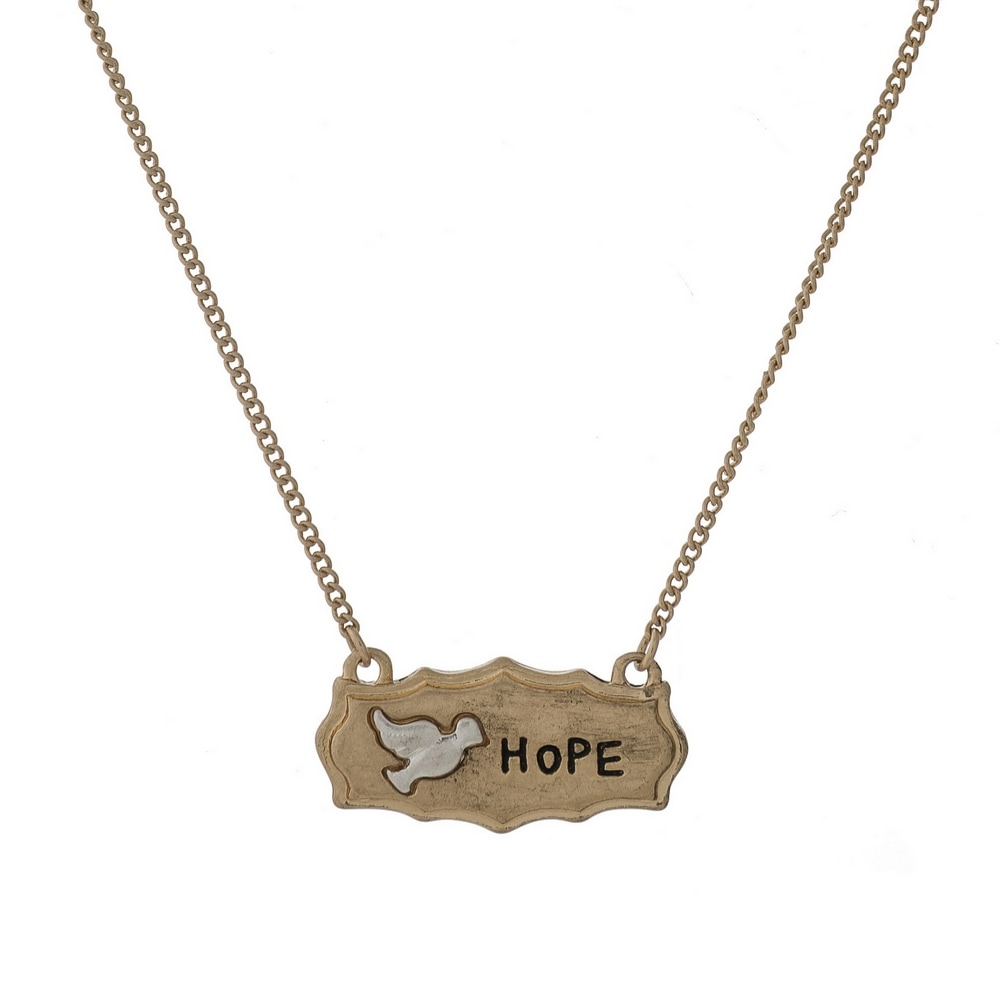|
The feature below is brought to you by Community Mobilization Against Poverty, an organization that is in the running to receive a See Beautiful Grant. For more information about all of our giving initiatives, please click here. To learn more about CMAP, please visit their website page: here.  Collaborating with FarmersCMAP strongly believes that poor soil health, inadequate crop diversity, lack of crop rotation and poor farm planning are among the primary factors contributing to rural poverty, poor family health and environmental degradation in Kenya. These negative trends can only be reversed if farmers can obtain access to relevant technical information about low cost biologically based alternatives. Moreover, the rate of use and sustainability can be increased if farmers learn how to test and refine these alternatives. CMAP’s overall strategy, therefore bears three primary components; adaptive research [for technology generation, verification and transfer] extension [for technology transfer, scaling up and exit strategies] and publication [for documentation, collaboration and dissemination]. The adaptive research and extension programs are independent and closely linked by design. The adaptive research program carries extension methods [on-farm trials, farmer group training and discussions, farmer-to- farmer visits, individual farmer follow-ups, farmer tours, field days, and farmer group evaluations] in order to influence the transfer and adoption of beneficial results. The extension program bears elements of research [on-farm trials] in order to elicit farmer evaluation and subsequent adoption of desirable practices. The publication component is a function of program activities, farmer interactions and networking. The project mostly covers remote parts of Trans-Nzoia County. The dominant soils are low in natural soil health. Baseline data collected in the target communities indicates that almost three-quarters of the economically active population is composed of subsistence farmers –with an average land holding of 1-10acres. Because of population pressure the size of family land holdings has continued to decrease. The average family size is 6; polygamy is also common. The level of family income, which is mostly derived from farm produce, is very low. 60% of farmers get approximately US$100 from the sale of farm produce. Most of these farmers are are living in poverty. Crop production is dominated by maize [90% of cultivated land], intercropped with common beans. Crop yields are extremely low due to poor soil health and increasing pest and disease problems. Crop diversity is inadequate with farmers in these communities facing an average of 3.3 hunger months annually. Due to a myriad of economic factors, farmers are no longer able to purchase agricultural inputs. In the hope of raising cash, farmers often delay planting. Most of them end up applying no fertilizers. Others end up replanting hybrid maize seeds from the previous season’s harvest. This situation exacerbates their farm productivity problems. They are frantically looking for more sustainable alternatives. Our major emphasis is on transforming food and agricultural systems, through addressing the root causes of challenges facing the small-scale farmers in an integrated way and providing holistic and long-term solutions without these solutions becoming new challenges. This focus is primarily vested in the adaptive research program to conduct both on-station and on-farm experimentation. The program has succeeded in developing a variety of promising component technologies with the help of farmer input and collaboration. CMAP has made progress in helping farmers to attempt to integrate the technologies into their production systems. Early work on organic /inorganic fertilizer combinations has resulted in dramatic yield increase by farmers. This particular fertilization alternative is being widely adopted by the majority of farmer participants. CMAP has identified two drought tolerant legumes, lablab and mucuna , as the most promising species for producing a substantial amount of dry matter during the four-month dry season when the land is otherwise fallow. Together with farmers, the organization has explored the species green manure potential and the possibilities for incorporating them into the existing cropping system. The target farmers are adopting the lablab based system because [I] incorporating the residues dramatically increases maize yield. [ii] they feel that the labour demands associated with an in-situ legume based system are substantially lower than using composts as maize fertilizer. The organization has verified and evaluated-together with the farmer collaborators- improved bean varieties]. Desirable varieties of soya beans, cowpeas, Irish potatoes and on open pollinated maize variety have also been tested and evaluated with farmers. Participating farmers are now multiplying and maintaining their own seed stock of these crop varieties. A model farm been has been initiated to stimulate the farmers’ situations. The two-acre farm acts as a farmer-training tool in farm planning. Many farmers have appreciated that it is possible to plan and satisfy the family’s basic needs from a small land holding. Farmer training aids have been developed with regards to organic manure preparation and management, organic matter concepts and general soil and crop management practices. All training aids are used during farmer training workshops and have proved to be effective tools for training farmers. During 2019 period CMAP directly helped 312 small-scale farmers in five communities in their great effort for better lives. A further 108 people benefited indirectly from our activities. This group of farmers generally is realizing improved food security. There is now need to scale-up the transfer for adoption of beneficial technologies beyond the farmer collaborators, across to new communities. There is equal need to consolidate exit strategies in order to sustain technology transfer, information sharing and adoption beyond the project period. This proposal is seeking support from See Beautiful towards the scaling up of Agroecology farming methods and practices. More farmers and new communities shall be targeted. Participant farmers shall be viewed as proponents of dissemination; they will be challenged and encouraged to reach other farmers. Training workshops shall be organized for both new and old farmer collaborators. Documentation of impact and limitations shall be prioritized; the monitoring and evaluation progress shall be explicit. Submitted by Moses MukongoDevelopment Coordinator, CMAP
1 Comment
The feature below is brought to you by Helping Mamas, an organization that is in the running to receive a See Beautiful Grant. For more information about all of our giving initiatives, please click here. To learn more about Helping Mamas, please visit their website page: here. Filling the Gap for MamasHelping Mamas began as a labor of love by two social workers and moms. After 15 years in the social service field, we noticed a huge gap in services. This gap was preventing families from being able to move out of poverty, feel confident in their parenting skills and provide the most basic needs for their children. Prior to Helping Mamas there was no coordinated effort to collect and distribute essential infant and children items. Diapers, wipes, car seats, and cribs are critical to health and safety of children and often the most expensive items to purchase. These items cannot be purchased through Public Assistance Programs like WIC and SNAP (formally Food Stamps). 3 in 5 moms in the United States has to choose between diapers and food for their children. Without an adequate supply of diapers, children can’t attend early childhood education programs. Without childcare, parents can’t work. This gap in services was keeping families stuck in the diaper gap and unable to see the beauty of being a parent. If you are constantly worried about providing for your child’s most basic needs, you can’t stop and feel the joy of parenting. Helping Mamas was formed to provide these essential basic needs to families who need them the most. The mission of Helping Mamas is to connect helping mamas to mamas needing help and we serve as the baby supply bank of Metro Atlanta. Our goal is to make sure all mothers and children with limited financial means have the basic needs they need thrive and grow. We collect and distribute essential infant and child items to organizations that serve women and children in need. We were able to reach over 30,000 women and children in 2019. We work with over 100 social service agencies and hospitals that serve women and children in need. These organizations list basic baby supplies, like diapers and wipes, as their main need. We are also on a mission to provide period products to women and girls who are missing up to a week of work and school because of a lack of these basic hygiene items. A new study on access to period products has found that this lack of access can also put women and girls at greater risk of depression, anxiety, and further financial barriers. Of those who have experienced period poverty, nearly two-thirds said they lack confidence because of harassment at school and experience high anxiety and depression. We already know that lack of access to menstrual products can keep people from going to school or work, prevent them from accessing opportunities, and perpetuate homelessness, but these new findings show how far-reaching the impacts of period poverty really may be. We have an immense goal of serving 50,000 low-income women and children in Metro Atlanta in 2020. We are the only nonprofit in Georgia addressing the association between lack of diapers and period supplies and how that affects our community’s economic growth, our status in education and the overall health of our population. It is not okay that girls and women in this state, let alone this country, lack the adequate supplies necessary to live and thrive. Mothers are not able to provide clean diapers for their children. Without diapers, they cannot go to daycare. Without diapers, they cannot go to work. Without period products, girls are missing up to a week of school. This is unacceptable. Our goal is to connect the dots between the people that have access and resources to the people with access to those in need. We can keep girls and women in school and employed. We can do something about this. Our team was thrilled to learn of the See Beautiful grant and to be invited to apply! The funds from a See Beautiful grant will help us create more ways to collect and distribute period products to the women we serve. Our agency partners, donors and volunteers help us see beauty through their service every day. Without them, our work wouldn’t be possible. We want to create an efficient and meaningful way for our agency partners to acquire the products to enable women and girls in our community to receive period products and remove any barriers that they face. With the support and products they need, we hope they are able to see the beautiful in themselves as well! Submitted by Jan MayheuDirector of Community Support, Helping Mamas The feature below is brought to you by Special Needs Siblings, an organization that is in the running to receive a See Beautiful Grant. For more information about all of our giving initiatives, please click here. To learn more about Special Needs Siblings, please visit their website page: here. Siblings SpeakThe journey of Special Needs Siblings, Inc began in 2015 with me, Jeniece Stewart - a pregnant mother of 3, expecting a set of twins. Now, I am a proud special needs mother of 5 (oldest has autism & epilepsy) who noticed that my children were growing distant, and I desperately wanted to help them. My oldest son Christian (14) had been going to different appointments on a weekly basis since he was 3 years old. These appointments vary in length, location, and type. Speech therapy, occupational therapy, pediatric neurologist, genealogist, ect… Well, it was not just Christian attending these appointments on a weekly basis; his siblings accompanied him. Then one appointment Caleb asked me if he could take medicine because Christian always gets medicine. He was really confused as to why Christian was receiving extra stuff. My first reactions were anger and defense. I did not understand why Caleb would want to take multiple medications. Why would you want to have daily seizures, blood drawn, attend appointments and experience side effects… why?! While processing the question Caleb asked, I recalled the missed moments with Jada and Caleb when I was busy attending to Christian. I felt a rush of overwhelming emotions: guilt, pain, sadness. It hit me… I put so much emphasis on understanding Christian… I missed how out of place Caleb and Jada were feeling. I honestly never even asked. I knew they were healthy, so I assumed they were fine. My heart ached for them because my love for them was not less, but they felt that way. I sat and thought… am I alone… is it just me? This prompted me to search social media and websites for sibling support. I wanted to connect with other siblings and ask them about their personal experiences, but I discovered a lack of community awareness and assistance for the siblings in our families. The support for mothers, fathers, and varying disabilities was everywhere. It is easy to overlook the siblings within disabled families, but it is crucial we do not. The resources for the typical siblings were scarce. I longed for support. I could not find it, so I created it. This fueled my passion to create Special Needs Siblings, Inc. because siblings in our special families are too important to ignore. Special Need Siblings, Inc (SNS) is a unique local non-profit with a global vision to provide awareness, support and resources for siblings of disabled individuals. There is a lack of resources and support for siblings of disabled individuals, yet there are millions of siblings who are an untapped resource who can, with the proper support and encouragement, make a positive impact in the lives of their brothers, sisters, and others with disabilities. SNS gives siblings the opportunity to connect with other brothers and sisters with disabilities. This connection offers a comfort and relief knowing they are not alone. This is beautiful. Many of the estimated 4.9 million individuals with developmental disabilities (I/DD) in the United States have brothers and sisters. Siblings are there through the appointments, the tears, the joys, and sometimes become the caregivers after their parents have passed. I launched an Instagram account and Facebook page. Using the hashtag #SpecialNeedsSiblings, I asked parents to share their experiences, pictures, and stories while sharing my own. I encouraged parents and siblings to celebrate the siblings of the family, who at times were more like silent partners. I challenged parents to look in the mirror and ask tough questions while encouraging them to start fresh! We have grown from zero followers to over 20K in three years with connections around the world. Special Needs Siblings transcends every group, every nationality, every class, every race and siblings are the unsung heroes. We are in the process of launching our next campaign, The Siblings Speaks Podcast - candid conversations with super siblings. The podcast will use technology and storytelling to create a safe place empowering the siblings to unite and share their story. We are forming unity in our disability community by allowing siblings, parents, and supporters to connect and learn more about the importance of supporting siblings. We are bridging the gap in our special families by giving siblings the opportunity to use their voice. We do this by using our platform as a place where siblings and parents can come and share their unaltered story. We give them an area where they can feel free to let their guards down and simply be siblings. Siblings of disabled individuals are incredibly special humans. Our desire is for them to feel encouraged, empowered, and loved at each step of their journey. There is a pure beauty in the heart of every sibling that the world should know more of. By addressing the needs of siblings, their brothers and sisters with disabilities will have better outcomes. Now, we have so many dreams for Special Needs Siblings, but we cannot do it without help. Our goal is to raise support so that we can fully assist our families both locally and abroad. If you are interested in more information about Special Needs Siblings and how to get involved or support us, you can find us online: www.specialneedssiblings.com www.siblingsspeak.com IG: @special_needs_siblings FB: @specialneedssiblings TW: @SNSiblings Written by: Jeniece StewartFounder of Special Needs Siblings The feature below is brought to you by HOW Global, an organization that is in the running to receive a See Beautiful Grant. For more information about all of our giving initiatives, please click here. To learn more about HOW Global please visit their website page: here. Drilling for hope Ready, Set, Drill As the founder of HOW Global Inc. I am never disappointed at the hope and love that drilling for water brings to the community. Nineteen years ago, I was invited to a United Nations meeting where I promised to help make a dent in the millennium goals. This is when I decided my focus would be water for school children that have no voice. Like wildfire, word of water coming to a school spreads throughout a community. When you live in a place that has no water, electric or media to feed on, you are counting on your neighbors in the rural villages of Africa to bring the latest news at the local market on Tuesdays or while you are washing clothes in front of your humble home. Then there are the students who run home from school with exciting news as they were asked to create poems to honor the event of water coming to their school and they show their parents the illustrations they drew that day to prepare their minds for what is to come. Once a community meeting takes place it is no longer rumor but truth that water may be coming to your child’s school and that means water for the entire community. Echorro Primary school waits for the word of the date this miracle will take place. Over the last years they are lucky to have had borrowed water from a neighboring project however that water goes off and on and does not belong to the school. The local leaders meet on the grounds of the school to discuss the fact that they will help to dig the trenches needed for piping for this new water well that will soon be theirs. They will also start a garden area so that when we arrive in August, we will plant 100 Moringa trees. As you see, water is only the first step in guiding this school towards sustainability. Word has come that because there is now water coming to the school, perhaps this property will now be on the list to get electric. How amazing it is that when a school leader shows motivation and wanting more, that so much more follows this desire for bettering the lives of the students who live in extreme poverty. This story is told here is the states. Primary grade schools, women’s clubs and other non-profits are touched by the stories of the children who live without basic needs. When they know exactly who they are helping as they collect coins every year and do various small fundraising towards the next well, it helps to form what I call an emotional connection to each other across the globe. They know that they are a part of something much bigger than the small part of the world where they live. This is when the projects feel more like a movement than a simple act of charity. As the energy of so many coming together as one creates a force to be reckoned with! I would say that is purely beautiful! Yes, hope is in the air, can you feel it? Written by: Rachael PaulsonFounder of HOW Global The feature below is brought to you by Paint Love, an organization that is in the running to receive a See Beautiful Grant. For more information about all of our giving initiatives, please click here. To learn more about Paint Love, please visit their website page: here. It's not just art.Paint Love works with young people across the Metro Atlanta area who are in the midst of facing some unimaginably tough circumstances. Our programs help them not only see beautiful in the art they create, and experience beautiful in the process of creation, but also acknowledge the beautiful in themselves and in those around them, and create more beautiful in their communities. Paint Love’s mission is to bring extraordinary arts programming to youth facing poverty and trauma. We envision a world where all young people have access to creative expression that empowers them to imagine a future not limited by adverse experiences. One way our programs are unique is that each of our projects is intentional and individualized. Projects can last from 1-100 hours and are custom crafted to engage youth in seeing, experiencing, acknowledging, and creating beautiful in the ways that will best serve their unique circumstances. Another way Paint Love’s programming is unique is that our projects are trauma-informed. This is a new, buzzy phrase, but to us, it means maintaining a deeper understanding of all the ways experiencing trauma can impact kids, their behavior, development, and even creativity. It means meeting kids where they are and inviting them into the creative process so they can have a positive, fun, and meaningful experience. We have a Paint Love staff person as well as a lead artist and extra volunteers at every project, and we strive to provide our team of both staff and volunteers with knowledge and training to set them up for success when working with kids who have experienced trauma. To try to get across this depth, we sometimes say, “it’s not just art…” Art is important and wonderful all on its own, but Paint Love is not just an after-school art program- we go so far beyond that. Our team is built of top-tier artists, makers, and creators; community advocates; and trauma professionals; who expertly craft projects specific to the needs of each of our partners. I think the soul of our mission is best conveyed by sharing a story: One of our partner nonprofits, Kate’s Club, empowers children facing life after the death of a parent or sibling. They do not charge families and provide a safe place for kids to express and manage grief. To go along with their recent theme “If my tears could talk,” a Paint Love artist who is also a professional sculpture and master’s in social work candidate, collaborated with Paint Love and Kate’s Club leadership to create a project helping kids identify their emotions and think about how their grief expresses itself: is it small and quiet like a mouse? Does it roar like a lion, get angry like a rhinoceros, or snap like a crocodile? Kids used air-dry clay and shiny, sparkly gold and silver spray paint to create elaborate, beautiful animal masks to give their grief a voice and a beautiful, physical representation. This is just one example of how we are investing in the creative and mental health of the kids we serve. By bringing extraordinary arts programming to youth facing poverty and trauma, Paint Love’s projects are creating opportunities to experience all the ways art and the lessons it brings can make our lives more beautiful and more meaningful, and sharing that beauty with the kids who need it most in our community. Written by: Laura ShawExecutive Director, Paint Love The feature below is brought to you by Project I Am, an organization that is in the running to receive a See Beautiful Grant. For more information about all of our giving initiatives, please click here. To learn more about Project I Am, please visit their website page: here.  Seeing beautiful in young people's impactThe way I see beautiful is in the eyes of humans. I see beautiful in youth. Sometimes I sit and wonder how in the world did I end up here at just 11 years old? When I nagged my parents over and over again for countless months about helping people living on the street, I never thought my idea of putting together bags of basic essentials would lead me to being in the same room with President Obama where he named me one of 2017’s most influential people! After helping my aunt pass out hot food one bitter cold evening in Chicago when I was 5 years old, I knew immediately that I wanted to do something and 3 years later, Project I Am was born to help build awareness to the injustices on the streets throughout cities across the world. Blessing Bags filled by the hands of countless volunteers across the country include a variety of products including hygiene wipes, hand sanitizer, Band-Aids, antiseptic, soap, socks, bottled water, toothbrushes, toothpaste, bottled water, and a nonperishable snack. The bags are small and easily transportable. To date, with the help of family and friends, I have been able to impact over 25,000 men, women, and children across the world! The Blessing Bags have been given to people in places of hurricane and volcano devastations like Houston, Florida, Guatemala, and Puerto Rico, and have even been distributed to orphans in Africa. To help with the financial assistance needed to purchase contents for the Blessing Bags, I have successfully created fundraisers, securing donations. My call for help has been heard by the media. Shows like Windy City Live in Chicago and The Steve Harvey Show have even made generous contributions. I have also been blessed to receive praise for what I have accomplished so far by several notables such as the NBA, Nike, Disney and LeBron James who invited me to participate in his #AlwaysBelieve campaign. The way I see beautiful is in the eyes of humans. It doesn't matter if you are black, white, male or female, at some point in life everyone will need help. Project I Am gives to the homeless without any judgment of race or character. The only thing we see is the need to make someone’s day better by helping them along in their current situation. It is so important to me that we all understand that homeless people are people too. It could be you! I see beautiful in youth. Young people are people too. Too often, we are told to be quiet and to be still. We are pretty amazing! Don’t Wait To Be Great is my motto! Another part of the Project I Am mission is to create youth change-makers. I encourage youth from all different backgrounds and cultures to help make their communities better by doing good in their neighborhood. If awarded the opportunity, funding will be used to help maintain daily operations of the organization. Additionally, Project I Am would choose 2 youth to mentor on an innovative social entrepreneurship project. Through the years, it has become increasingly clear that so many young people have so many ideas but don’t have the resources to get started. I would love to be that bridge for young people and to continue being a blessing to all! Written by: J. Na-Tae' Thompson Director, Project I Am The feature below is brought to you by Realize Your Beauty, an organization that is in the running to receive a See Beautiful Grant. For more information about all of our giving initiatives, please click here. To learn more about Realize Your Beauty, please visit their website page: here. Fostering beauty from within"After Camp RYB she has more confidence. Typically, she is very shy but she was so confident at the end of camp presentation. She really shocked me. We played games they learned and listened to camp songs almost all the way home!" -Camp Parent Realize Your Beauty is so grateful for the opportunity to share our work with the See Beautiful community! To begin, we’d like to share our mission statement: Realize Your Beauty promotes positive body image to youth through theatre arts. We bring plays, workshops & summer camps to youth to promote self-esteem & kindness. Our workshops focus on fostering inner beauty- taking the focus away from societal standards and the pressure to be 'pretty'. We encourage students to put their energy into kindness, integrity, and respect towards themselves & others and to focus on developing their own unique inner qualities. For our older students, we also teach eating disorder awareness. Teaching them the signs & symptoms of an eating disorder, and how to reach out for help if they or a friend need support. RYB is a 501c3 based in NYC, with program offerings in New York and Colorado. Our website can be found here: http://realizeyourbeauty.org “I learned that the beauty is from withIN. I feel the workshop was beneficial because it changed my views on myself.” – Jasemin, age 13, 8th grade And now for more about our project: Realize Your Beauty is very excited to be preparing for our annual summer camp! Each summer, we hold Camp Realize Your Beauty- a 5-night summer sleepaway camp at the base of Rocky Mountain National Park in Estes Park, Colorado. "I loved it! It was the best camp ever!" - Hailey, Camper The summer camp teaches classic theatre techniques, while also including ‘empowerment’ workshops throughout the day. Our campers learn acting, playwriting & directing skills, with a special emphasis placed on developing a positive sense of self. We cover the following topics of ‘empowerment’: self-esteem, kindness (towards self and others) and anti-bullying. We also have all the fun of a traditional summer camp: drum circles, campfires, swimming, archery, nature walks, crafts, and of course – s’mores! Throughout the week, the campers use their new knowledge and skills to create their own theatre piece, to be performed for parents on the final day of camp. The pieces they create develop from the conversations we have in the empowerment workshops. The ability to express their feelings with this creative outlet has proven to be a very effective tool for these young people. To watch a segment from last year’s performance, please follow this link: https://www.youtube.com/watch?v=eNGS2_1V9Ec&t=74s It is extremely important to us that camp remains affordable and accessible to children of all backgrounds. To that end, we keep our tuition as low as we can, and we have a very extensive scholarship program that provides reduced or free camp tuition for those in need. This summer, 1/2 of our campers will attend on financial assistance. We believe that we are creating beautiful through our summer camp program by helping our campers fully discover the incredible gifts they have to offer to this world, while at the same time encouraging them to embrace the differences and gifts that others have to offer. We create beautiful by allowing young people to express themselves and their creativity fully and freely. Nurturing this creative energy, kindness and self-respect in our campers allows them to grow and create their own beautiful in this world! "Lindsay attended last year and absolutely loved Camp RYB! She struggles with self-confidence and fitting in and when she came home last year, she felt like she actually had somewhere she could fit in with a group of girls that weren’t as judgmental and made her feel good about herself. I was so happily surprised by how much Lindsay grew that week of camp and can’t wait to see more growth and confidence after this year. She literally asks all the time if it’s almost time for RYB Camp.” – Camp Parent Written by: Stacey Lorin MerklFounder + Executive Director, Realize Your Beauty The feature below is brought to you by R&P Coffee Co., an organization that is in the running to receive a See Beautiful Grant. For more information about all of our giving initiatives, please click here. To learn more about R&P Coffee Co., please visit their website page: here. More than a cup of coffeeR&P Coffee Co. is on a mission to make the Shannock Valley Region a better place to live, work, and play. We want people to feel a sense of pride and see beautiful in our little corner of the world. How will we do that? Through the art of Restoration & Placemaking (R&P). By restoring community and making a place for authentic relationships to happen, we can increase social connections, improve health & the economy, decrease drug & suicide rates, and so much more! A thriving community hub where people spend time together is just the spark our community needs to get this old coal valley burning once again. Coal will probably never make a come back. If our region is to have any kind of a future, it starts with community. Why Coffee? Coffee shops provide the informal, neutral space, needed for authentic relationships to naturally thrive. You're primarily there for conversation, you can become a regular, there's no real structure or time constraints to what is happening. A local coffee shop becomes the living room of the community as authentic relationships begin, grow, and thrive. We believe that a cup of coffee (or tea, juice, *insert your choice of beverage here*) can lead to conversation, that conversation can lead to commonality, and that commonality can lead to civic responsibility, justice, peace, and harmony within our community. It’s About More than Just Coffee The coffeehouse will be designed to attract a diverse range of individuals with events, classes, & activities for all ages. Any profit goes right back into the community. We want to support local business, restore broken spaces, and bring the community together. Ultimately, restoration & placemaking means serving - serving coffee and serving you. If there's a need in the community, we want to meet it. But Why is it Needed? Ultimately, because society has forgotten the art of neighboring and community, “It occurs to me that this is not a neighborhood; it is only a collection of unconnected individuals” (Philip Langdon). 1 in 4 Americans (or 25%) say they have no one to talk to (compared to just 8% in 1985). If you don’t count family, that number drops to 1 in 2, or 50% of Americans that don’t have someone to depend on. That disconnect, the isolation that has overwhelmingly invaded American culture has led to many devastating issues (according to a study done in the UK, loneliness is as bad for your health as smoking 15 cigarettes a day!). Locally, our county ranks 4th in our state for overdoses per 1,000 citizens. Within the nation, our state also ranks 4th, placing us in one of the worst drug ravaged areas in our country. The township we reside in also has a higher than usual suicide rate. With much of the county being rural, this doesn’t come as a surprise, as rural areas usually have higher rates of suicide and abuse. We are not the exception. It’s time for a change. It’s time to reconnect. It’s time to BE a community once again. Fun Fact In an effort to connect the past and present, to span the interest of all generations, and build a sense of pride for the area – history will also be a focus. By partnering with the up and coming historical society, we hope to display historical pictures throughout the shop. But the neat part iis that even our name pays homage to our past. Rochester & Pittsburgh Coal and Coke Company (R&P) is the mining organization that built many of the towns locally. Without their presence here, our area wouldn’t have been the booming mining town it once was. We are here today because of the coal industry. But we will be here tomorrow because of community, because of restoration and placemaking (R&P). Written by: Bri ShermanBoard President, R&P Coffee Co. The feature below is brought to you by drawchange, an organization that is in the running to receive a See Beautiful Grant. For more information about all of our giving initiatives, please click here. To learn more about drawchange, please visit their website page: here. Empowering kids through artDrawchange is a nonprofit organization that conducts art therapy-based programming with homeless children in Atlanta and around the world. Our founder and CEO, Jennie Lobato, established drawchange in 2009 from her passion for art, children, and helping others. Those passions inspire our mission to end the cycle of poverty through the life-changing beauty of creating art. After 10 years in operation, we have programs in Atlanta, Orlando, Kentucky, Ethiopia, Costa Rica, and more! We have served over 10,000 children and continue to multiply that reach each year with the drawchange Blueprint. The Blueprint is a comprehensive online tool that grants individuals the ability to adopt and implement the drawchange curriculum in their very own communities. These extensions of drawchange ensure our organization’s reach is not limited by physical location and is sustainable for years to come. We are dedicated to opening young minds to their true potential so they can see the beautiful they can become. Drawchange creates ongoing programs in homeless shelters to conduct breathing exercises, imagination sessions, and art-therapy based projects primarily with children ages 5-10. We see beautiful as we watch art ignite a passion for learning and living within homeless children. Through each and every smile, we witness children in extreme situations expand and learn to envision a better world for themselves and their community. Children leave our programs inspired to become who they want to be in life, with pride, boosted self-esteem and a deeper connection to their emotions and the world around them. Everyday we strive to achieve our ultimate goal: to instill confidence and build self-esteem in children through art therapy-based programming at local homeless shelters and in communities abroad. A drawchange participant is simply always a member of the drawchange family. We all share a common commitment to the “drawchange way of living”--a way of knowing we can be anything we want to be in life and of being empowered to become a leader within our own community. And most importantly we all share a knowledge that no one is a victim of their current circumstances and can always rise from anything! Studies show that exposing children to art helps increase test scores and provides a zest for learning. Homeless children are at great risk of missing school and achieving lower scores in comparison to their peers. When we enter the homeless shelters we create an environment that enables the children to feel safe while expressing themselves and feeling valued. Our programs allow children a place to freely explore their emotions and process everything that is going on instead of feeling like a victim of their circumstance. Programs of therapeutic value are often not an option to children experiencing homelessness and drawchange makes that option available. Through self-empowerment and self-confidence provided by drawchange, children improve their emotional intelligence and learn that even when they cannot control the world around them, they can control their actions. We are breaking the cycle of poverty as we work on seeing beautiful together as a global community. Submitted by: Jennie LobatoCEO and Founder, drawchange The feature below is brought to you by The Chain Collaborative, an organization that is in the running to receive a See Beautiful Grant. For more information about all of our giving initiatives, please click here. To learn more about The Chain Collaborative, please visit their website page: here. Investing in leaders to build a futureMy first passion was literature. Words. The stories that we tell each other and the stories that we tell ourselves. The stories that we live and that we endure. The stories that come to life before us and the ones that give us life. The Chain Collaborative (TCC), while a development organization, is like literature and like putting words on a page, in that through our efforts, we allow stories to come to life. In the development world as in the world of literature, words are cavernous. They are deep and can be filled with meaning, or they can be empty, hollow. They are at once eternal, known for centuries, and also just waiting to be discovered—as words are written and not only spoken, or as sounds in new languages. Words can be mapped. You may be familiar with these words and may have visited them in different contexts: empowerment, capacity-building, sustainability. And now, more than ever, development programs must build resilience, peace, and justice. They must promote equity, diversity, and inclusion. In this context, words cease to be caverns, tombs, or labyrinths. Suddenly they are like objects, they have weight. The words that I’ll share in this blog post will tell one story, one of the many that I could share about The Chain Collaborative. Nine years ago, I traveled to Siem Reap, Cambodia to volunteer and experience a second passion of mine: international development. When I began this journey, I’d no idea of the stories I’d be able to tell. I only knew I wanted them to be beautiful, full of light, bursting with brilliance and meaning. While in Cambodia, I discovered that people had many notions of beauty and brilliance. Some folks around me described the children, the people, of Cambodia, as beautiful—in a way that meant their conditions of life seemed so unfathomable. How could someone so beautiful be experiencing something so ugly: poverty. But poverty has its own story, with characters called Power, Politics, and Marginalization, to name just a few, and this story can tell you why poverty lives among the beautiful. It is also this story that has led revolutionary thinkers to claim that we must act “from each according to his [or their] ability, to each according to his [or their] needs.” TCC’s story begins when I did just that when I met Sokha Khoun as she was forced to leave her foster home in Siem Reap, despite having received a scholarship to attend university. She asked if I would provide her a monthly stipend to live in town during her studies so that she could take advantage of her scholarship. Without a home, she’d have to forfeit the opportunity. I agreed. Sokha is now thriving, working for a non-profit organization in Cambodia where she is able to pay on the accompaniment that I offered, allowing other girls to take advantage of the opportunities in front of them and write their own stories. When I think about Sokha, I know she is the reason I began TCC years later. She is the mission of The Chain Collaborative: to invest in Change Leaders as they build a future according to their own visions. Though at TCC we do provide according to our abilities, it is not really according to need. Julia Kramer, in the Stanford Social Innovation Review, wrote, the “need-help model of development is closely linked to a problematic deficit model, where we recognize those ‘in-need’ for what they lack, rather than value them for what they have.” When you give according to need, you do not recognize what people have. At TCC, we pay forward that moment of recognizing Sokha for what she had, and nurturing it: the tenacity to seek her own future, to gain scholarship, to ask for support. She was brave, humble, she had vision. When you invest in the visions of people and in their existing capacities to be brave and humble, you invest in future leaders, you reinstate dignity in development, and you allow people to plot their own story step by step, to define their own meaning. As a development organization now working with coffee farmers, we aim to do exactly that through our Investment Partnership Program, in which we collaborate with local leaders, invest in their capacities, and ask them to design their own futures. In the past year, we’ve also co-authored an online curriculum in sustainability, where we teach the meaning of sustainability, its history, and its interaction with the coffee industry. Erika Koss (AWorldinYourCup.com), my curriculum co-creator and coffee sister, mapped the meaning of sustainability. The root of the word, she found, was first used by Chaucer, in a poem, where he admits that he cannot sustain the beauty of another’s eyes. It reminds me that the root of everything we do at TCC is beauty. Sustainability itself comes from too much beauty. Sustainable development is the process of creating so much beautiful, and so much light, that you literally cannot manage its brilliance. Finally, when I think about how TCC sees beautiful, I am reminded that our real work is to create beauty that is no longer ours to manage. Through TCC, I strive to pay on Sokha’s story and experience. Yes, I accompanied her journey in a small way, but my job was never to witness and behold the beauty that ensued. I was to fade away. Everything she creates, the stories she now helps other girls to write, is not for me to experience, to behold and to have. At TCC, we are merely a part of other people’s journeys, a stepping stone and a resource they can use to lift themselves up toward their own stories and toward their own beauty. And once they take that step, like someone we love and cherish, our Change Leaders are only ours to let go, to let live, to let create. To let beauty. Written by: Nora BurkeyFounder and Executive Director, The Chain Collaborative |
See beautiful in yourself.
|

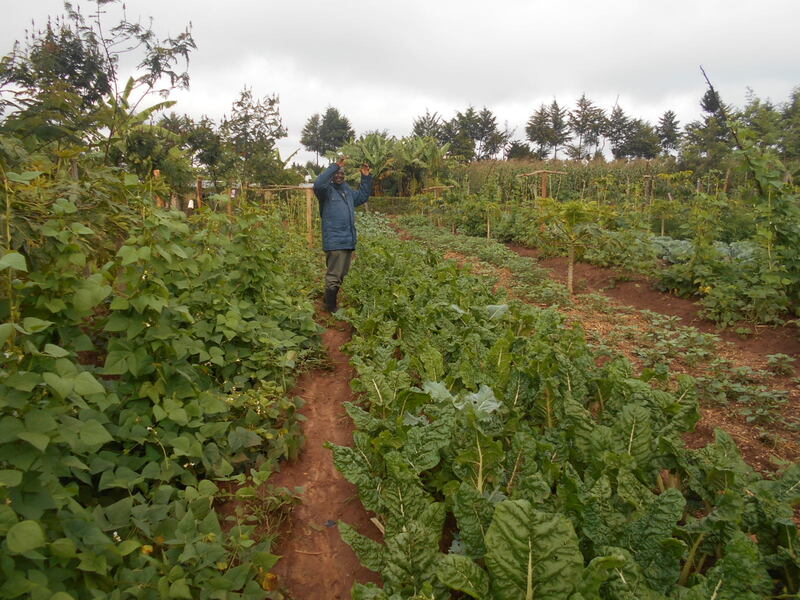
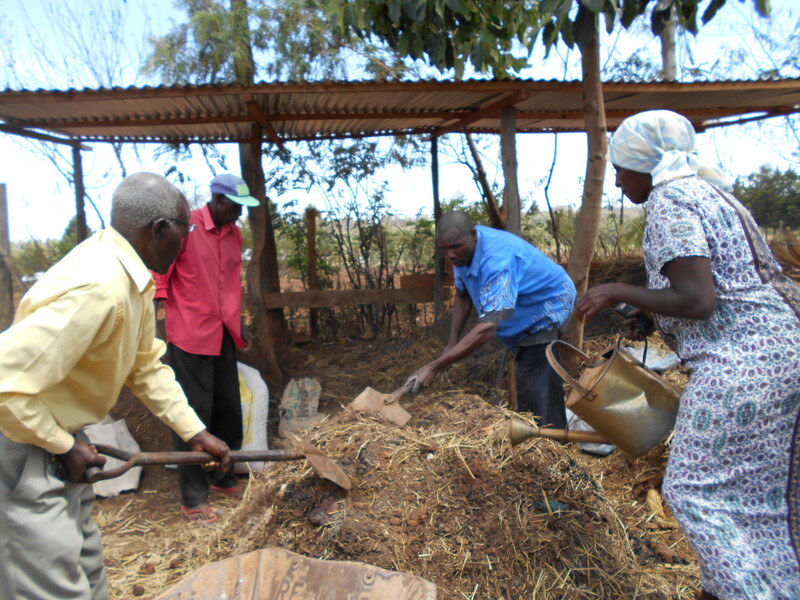


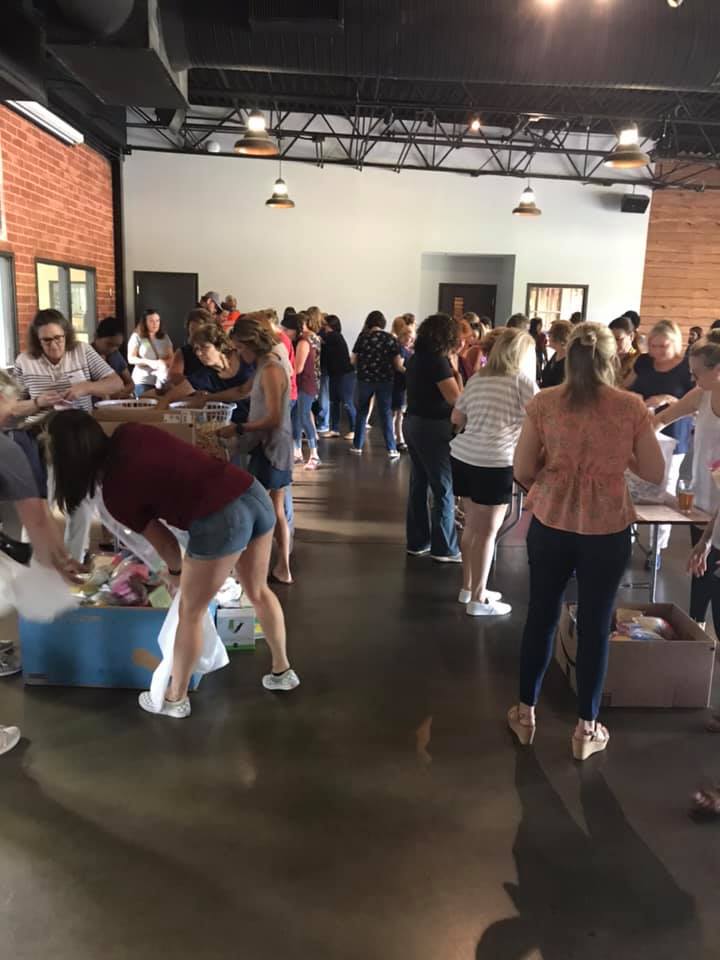
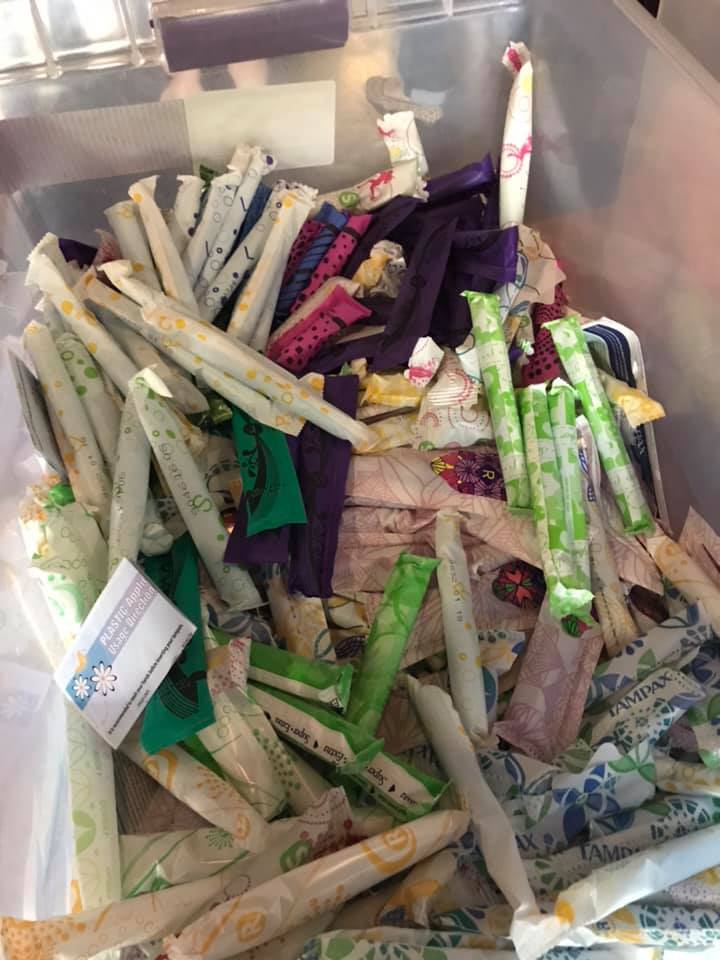

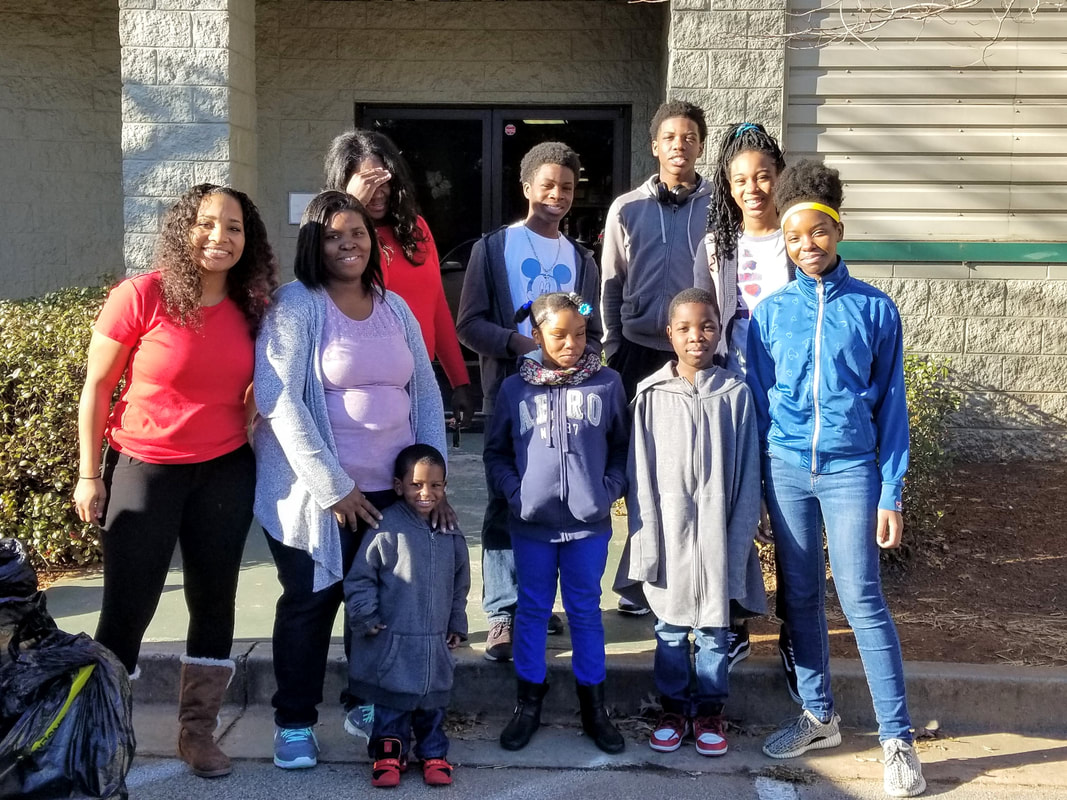
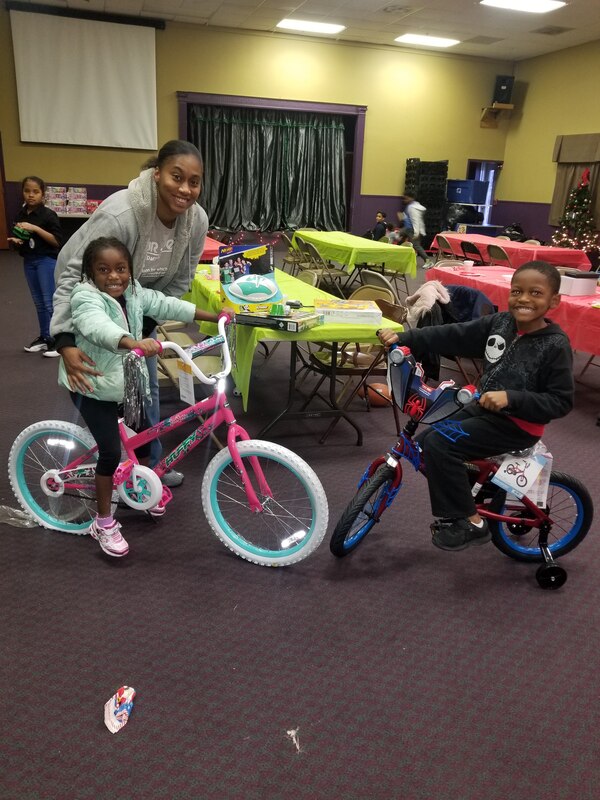
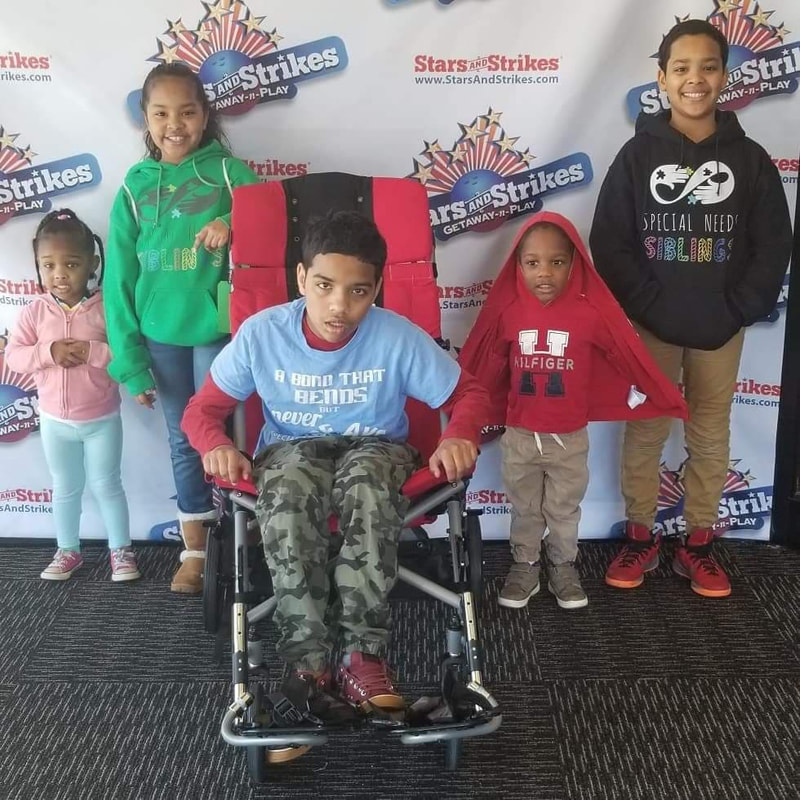
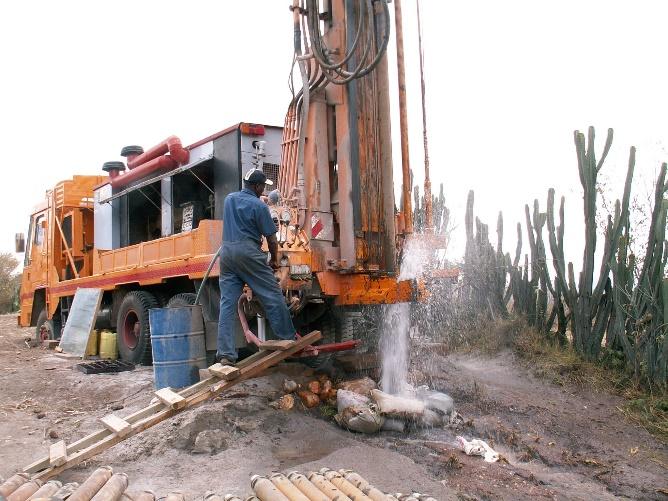




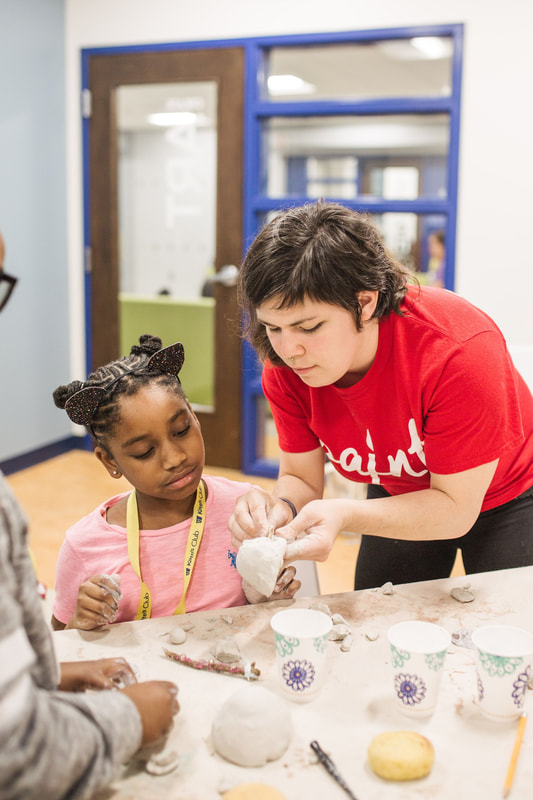
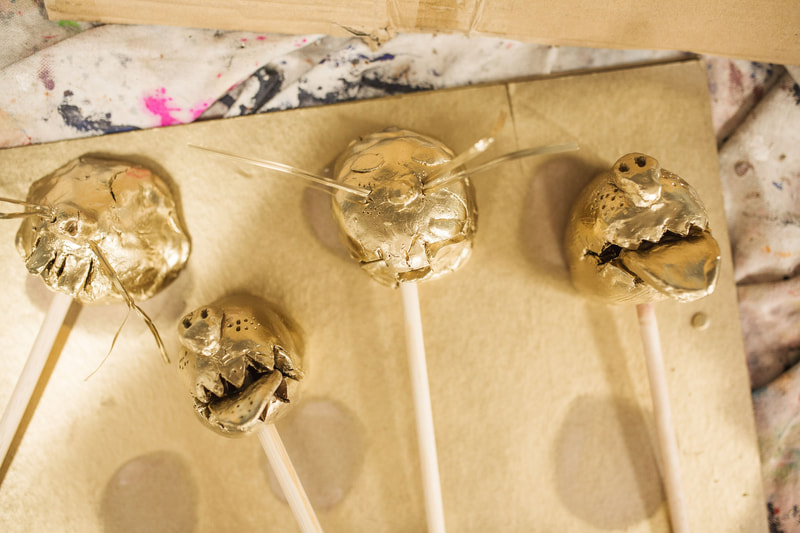
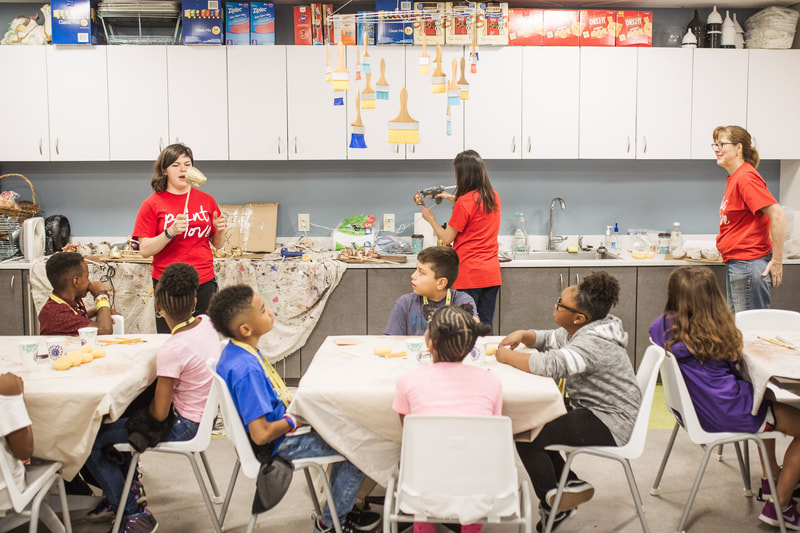
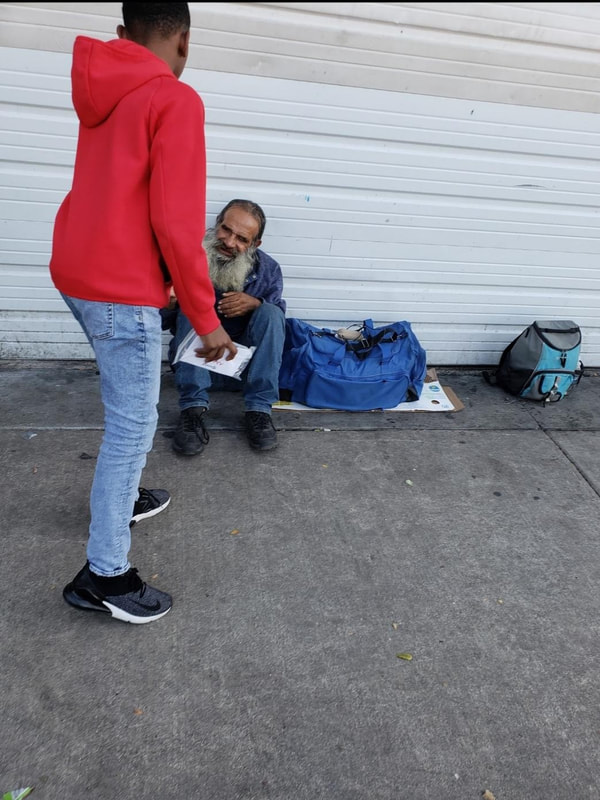
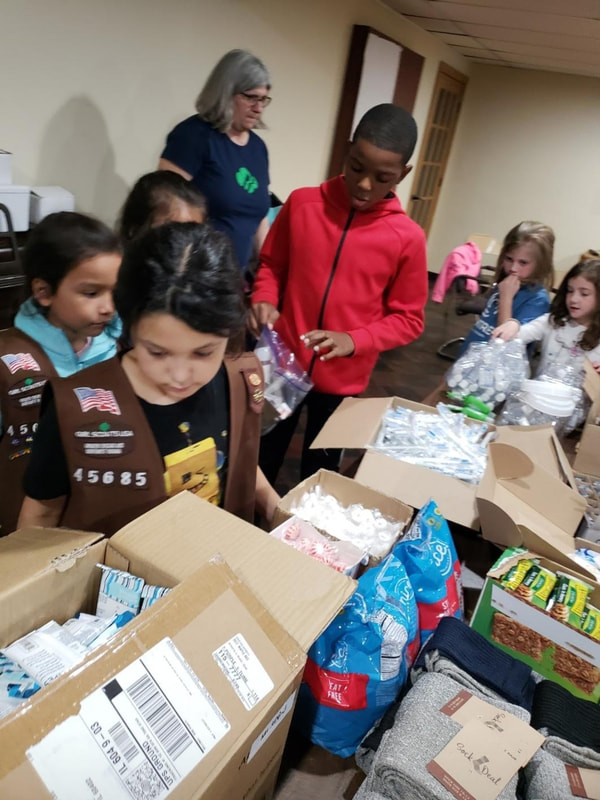
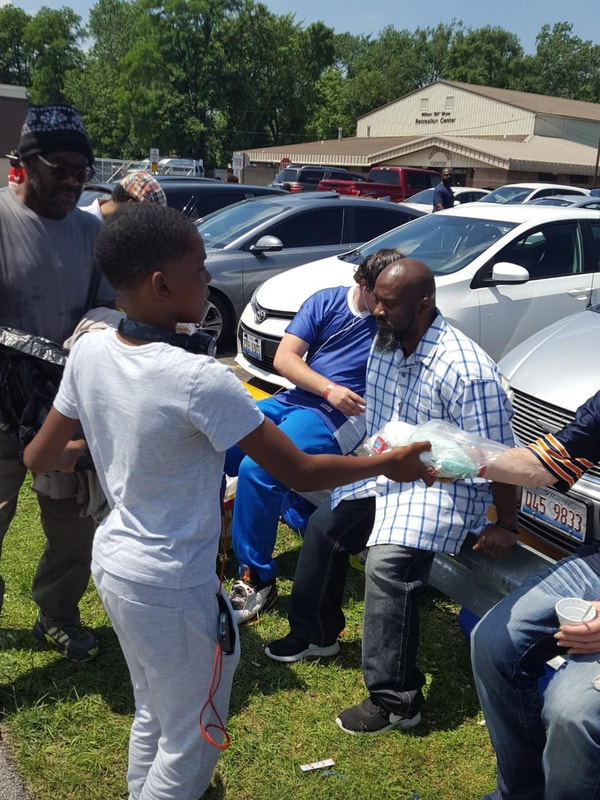
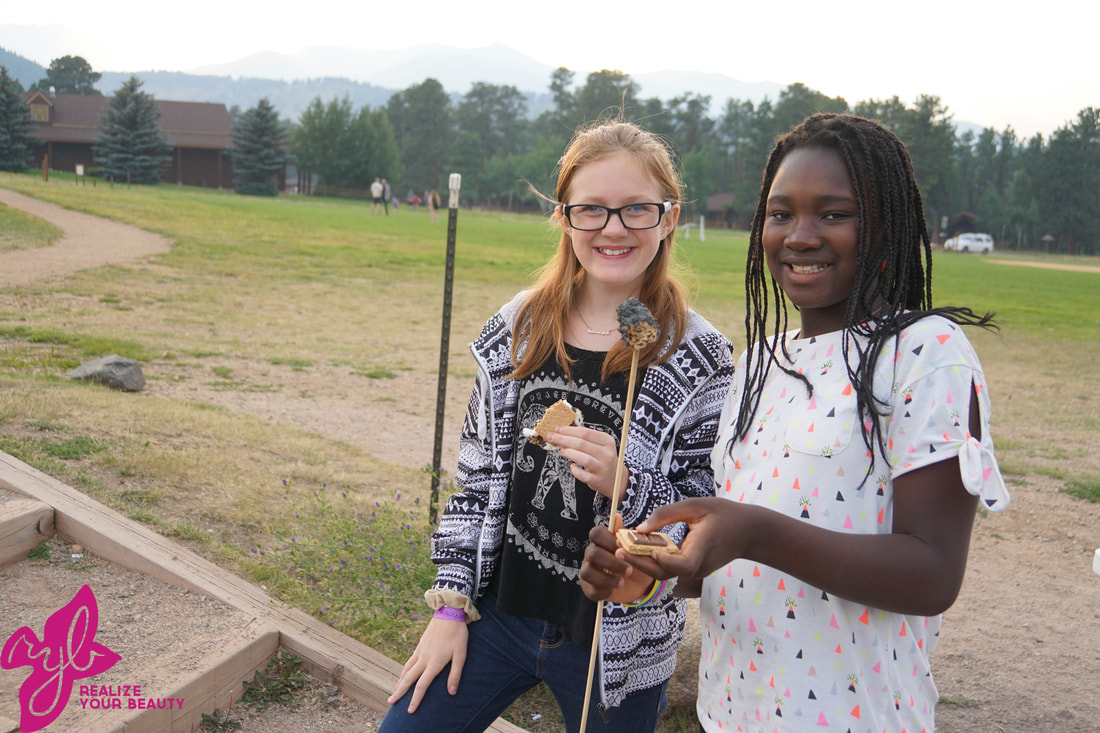
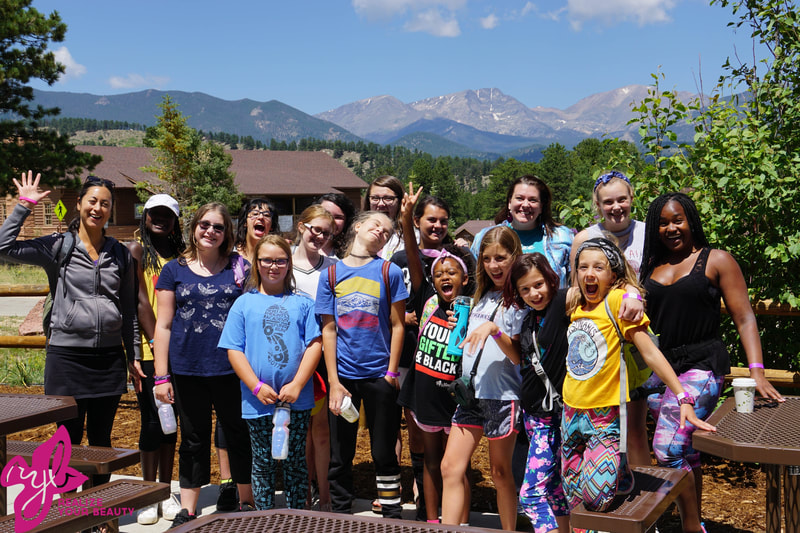
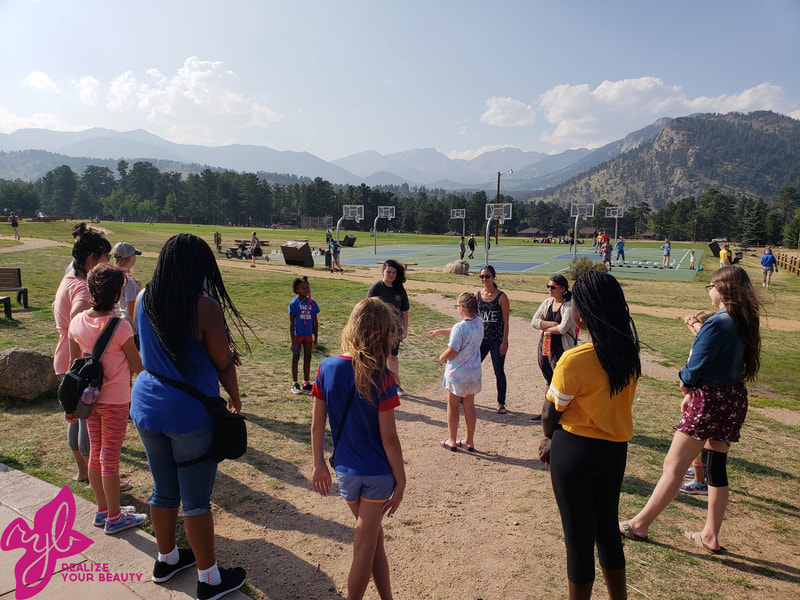
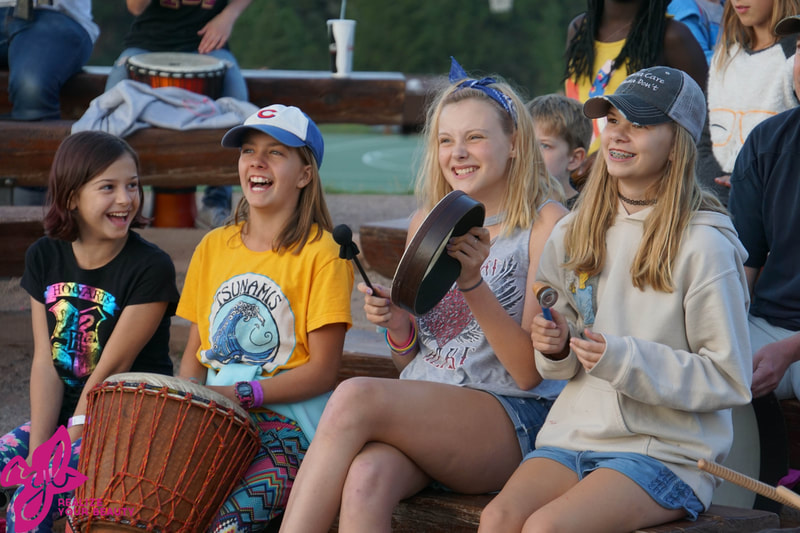
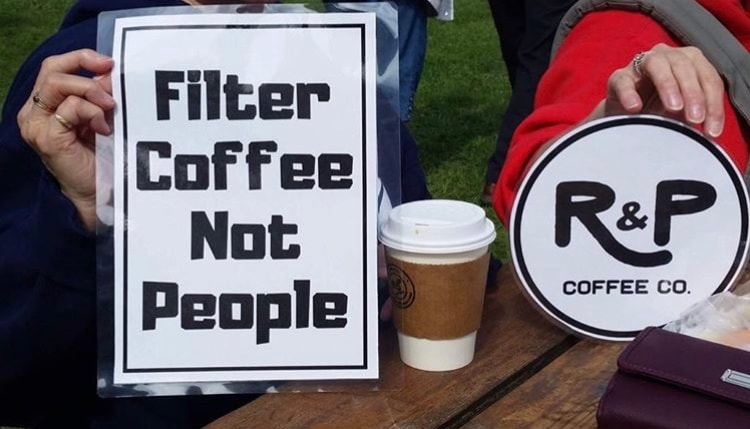
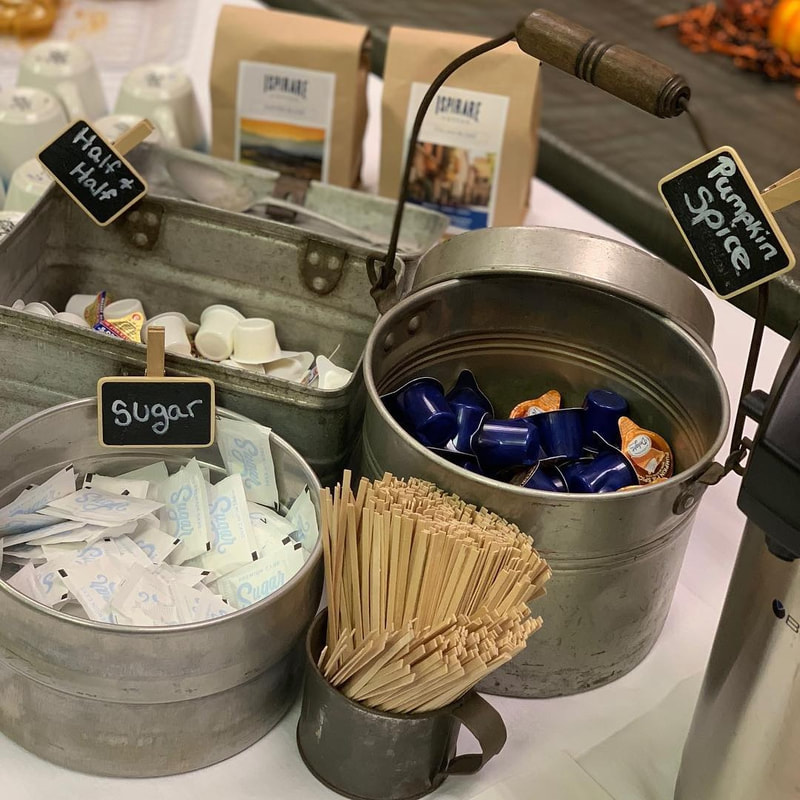
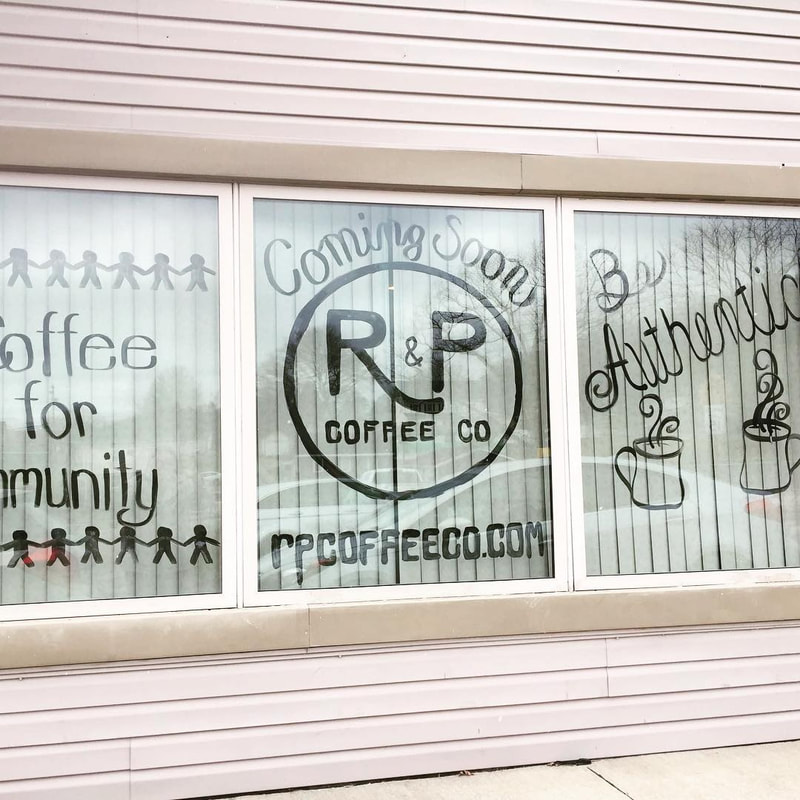
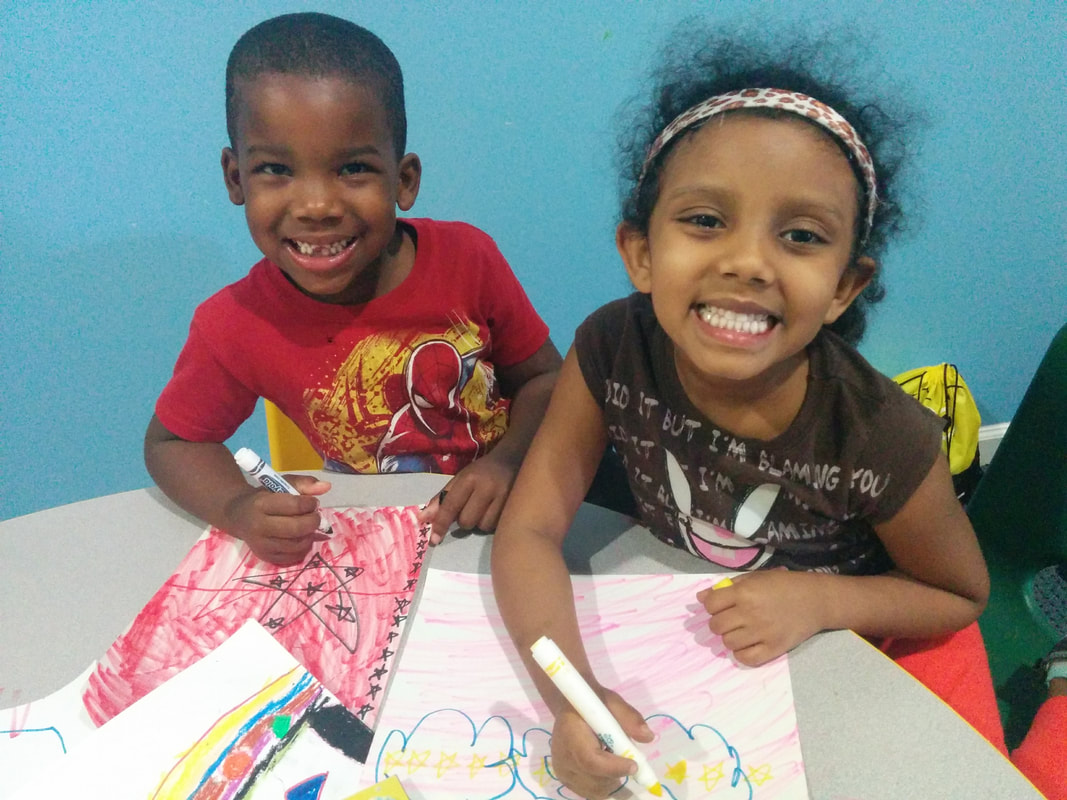
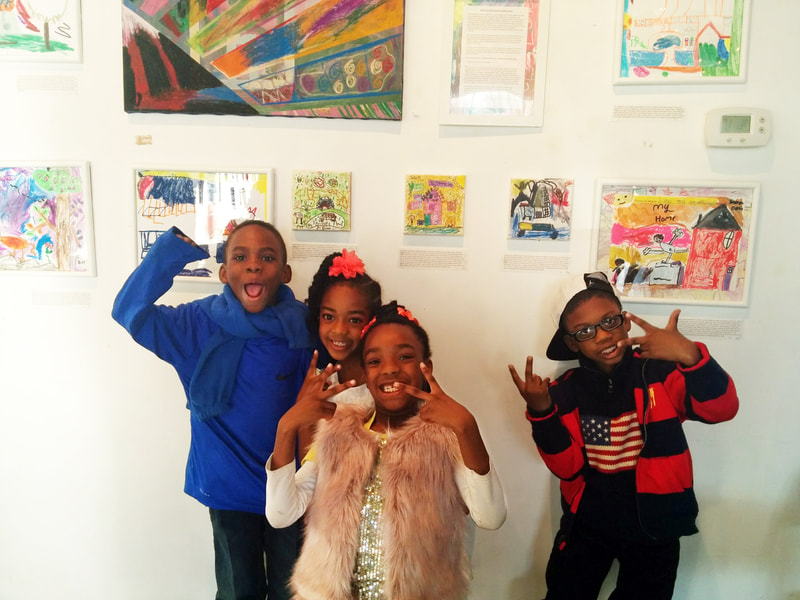
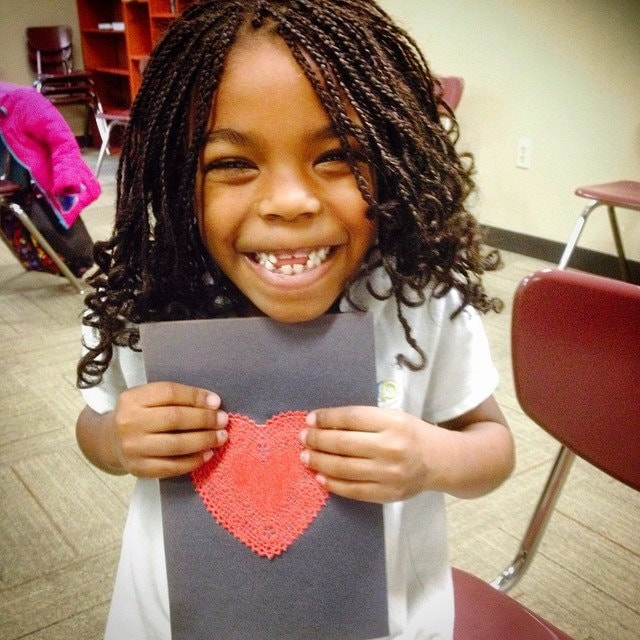
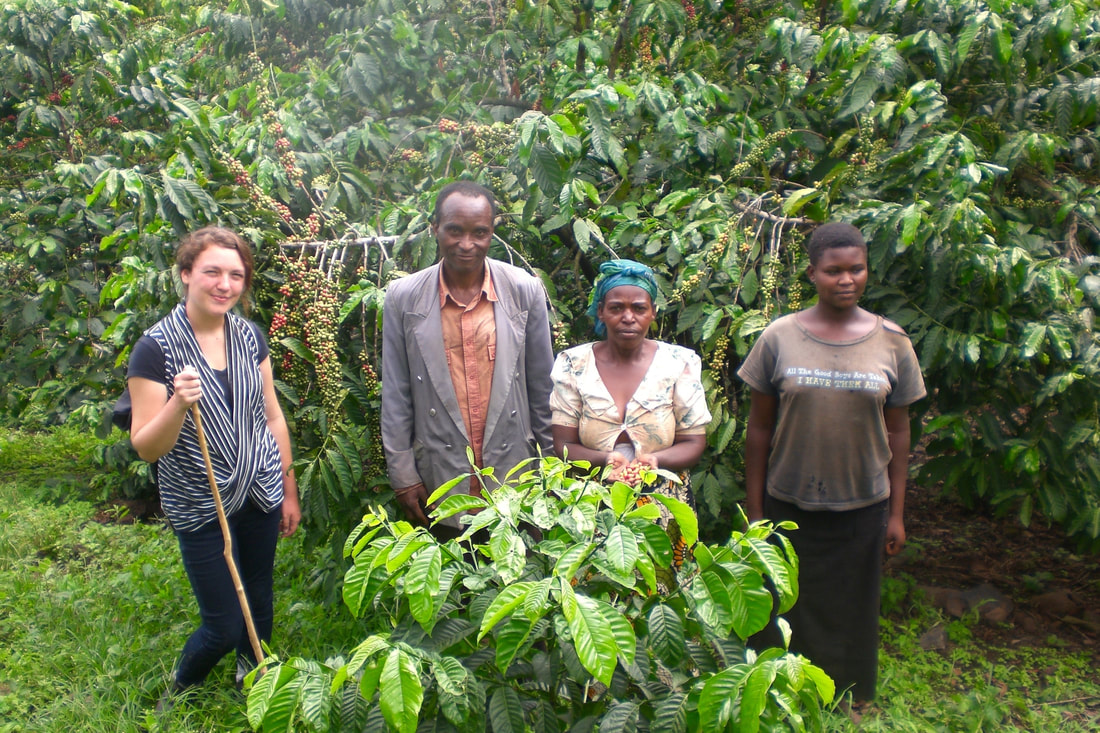
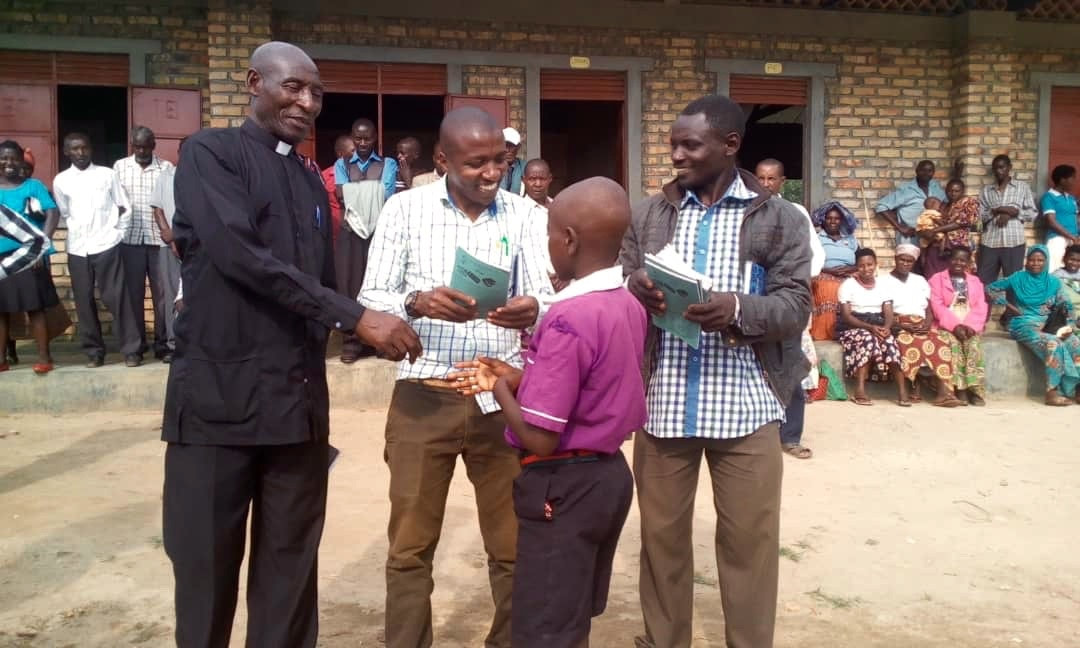
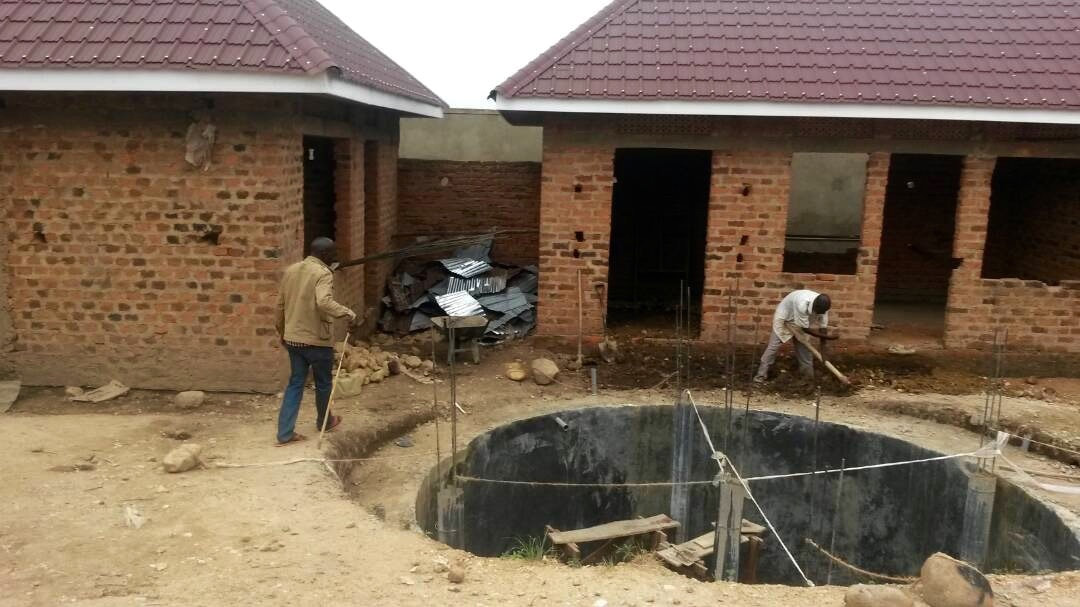
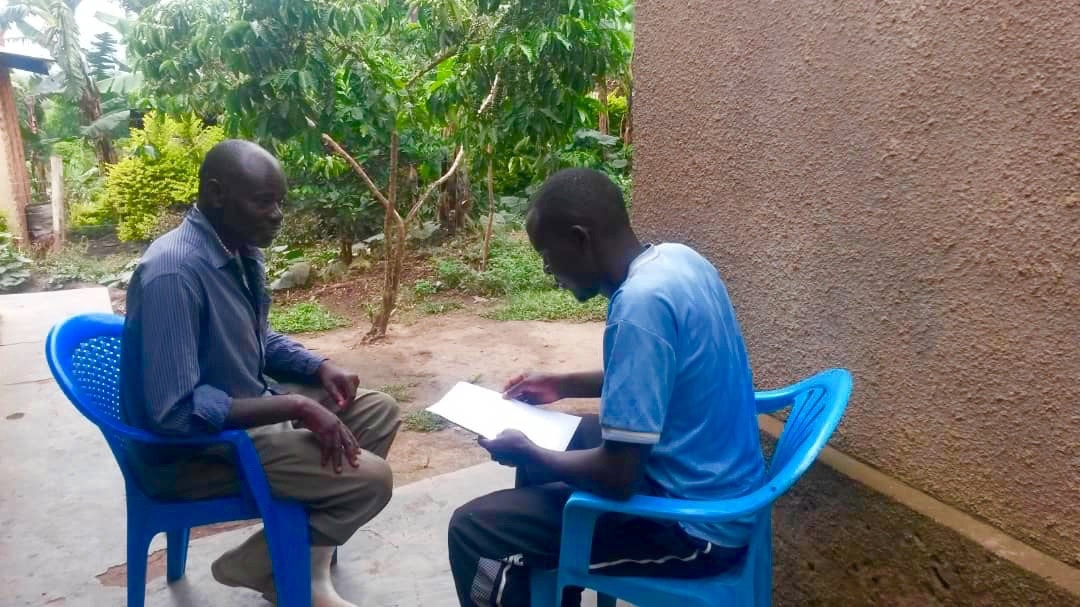
 RSS Feed
RSS Feed
